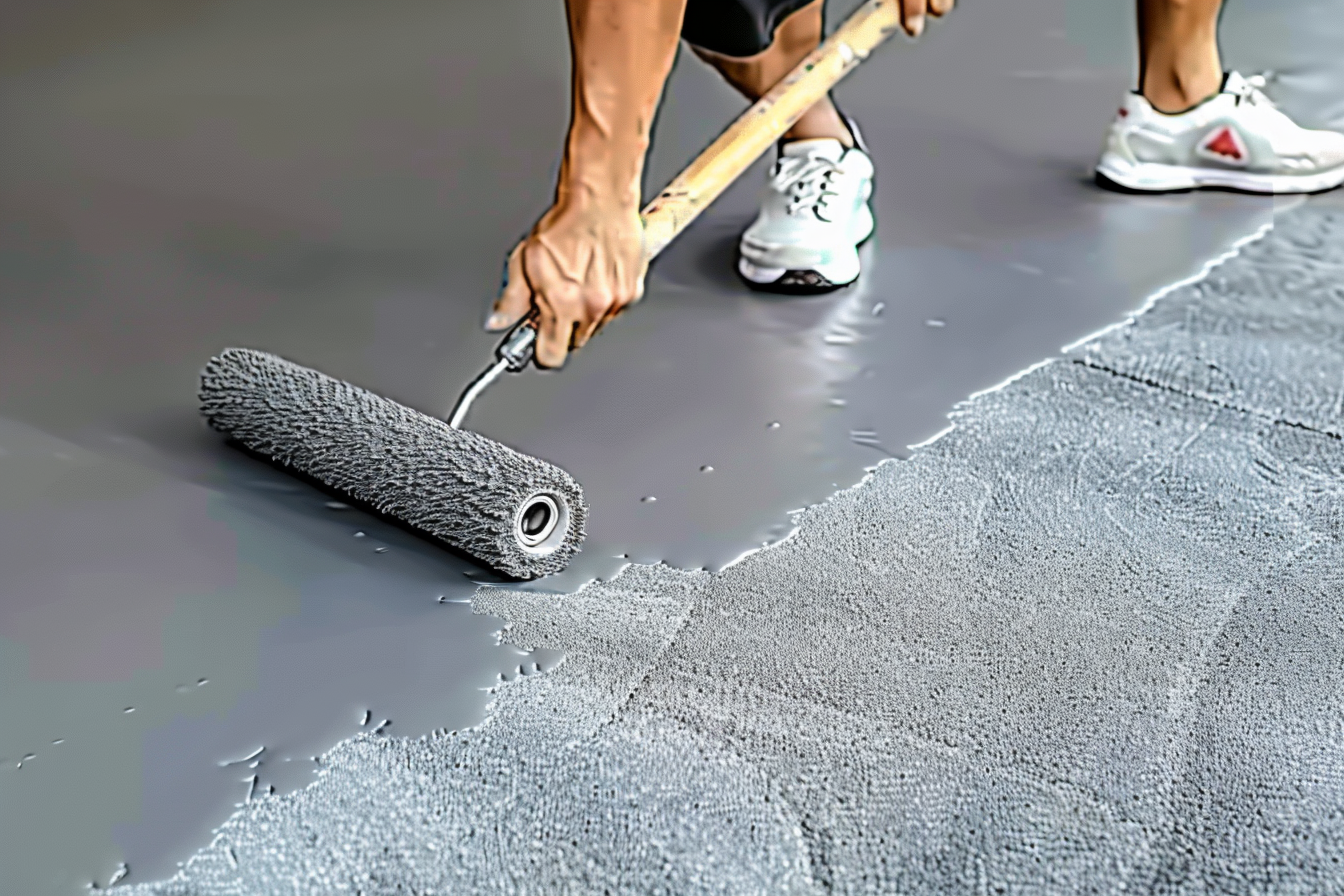Upgrade Your Garage Floor: Coatings for Protection & Style
Transform your garage with the right floor coating. Learn how epoxy, polyurethane, acrylic, and polyaspartic systems compare for durability, UV resistance, chemical protection, maintenance, and cost. This guide walks through benefits, selection tips, and the application steps so you can choose a long-lasting, attractive finish that fits your budget and lifestyle.

Why install a garage floor coating?
Applying a protective coating to your garage floor does more than improve looks. A properly chosen system extends the life of the concrete, simplifies cleaning, and enhances safety. Coatings shield the slab from oil stains, chemical spills, abrasion, and freeze-thaw cycles that lead to cracking and spalling. Many homeowners also appreciate the instant visual upgrade a coated surface provides, turning a gray, porous floor into a clean, finished space that can increase curb appeal and resale value.
Beyond aesthetics, coatings can improve traction with slip-resistant additives and reduce dust from concrete deterioration. For those who use their garage as a workshop or active storage area, a durable floor covering reduces long-term maintenance and repair costs.
Common types of garage floor coatings and their strengths
Choosing a material depends on how you use the garage, climate, and desired look. Here are the main categories and what they bring to the table:
-
Epoxy: One of the most widely used options, epoxy forms a strong, hard surface that resists chemicals and wear. It bonds well to prepared concrete and is available in multiple colors and finishes. UV exposure can cause some epoxy formulas to yellow or chalk over time unless stabilized.
-
Polyurethane: Polyurethane coatings are prized for their flexibility and excellent UV stability, making them suitable for garages that get sunlight. They perform well against abrasion and are often used as topcoats over epoxy systems to add gloss and protection.
-
Acrylic: Acrylic floor coatings cure quickly and are typically the most budget-friendly. They provide good color options and moderate protection but are generally less durable than epoxy or polyurethanes, making them better suited to light-use areas.
-
Polyaspartic: A subtype of polyurea, polyaspartic coatings cure very fast and deliver outstanding chemical resistance and durability. Because they set quickly, installations can be completed in a day and the garage returned to use sooner. They also handle UV exposure well.
Each material has trade-offs in cost, curing time, and longevity. Your choice should reflect how heavy-duty the surface needs to be and how quickly you want it back in service.
How to pick the right coating for your needs
Consider these factors before selecting a product:
-
Usage: Is the garage mainly for parking vehicles, or will it double as a workshop, gym, or storage area? Heavy equipment and frequent foot traffic call for tougher systems like epoxy or polyaspartic.
-
Climate and light exposure: If the garage receives direct sunlight or experiences wide temperature swings, prioritize UV-stable products like polyurethane or polyaspartic coatings.
-
Budget: Acrylics are the most economical option, while polyaspartic and premium epoxies typically cost more up front but can reduce long-term maintenance expenses.
-
Appearance: If you want decorative effects such as flakes, metallic swirls, or high gloss, epoxy and polyaspartic systems offer the broadest design options.
-
Time frame: Polyaspartic and acrylic coatings cure rapidly, which minimizes downtime. Epoxy systems may require more cure time between coats and before the garage can be used.
Typical application steps
A durable finish starts with proper surface preparation and a methodical application process:
-
Clean and repair: Remove oil, grease, dirt, and previous coatings. Repair cracks and spalls so the surface is sound.
-
Profile the concrete: Etching or mechanical grinding opens concrete pores and creates a texture for better bond strength.
-
Prime: A primer or sealer is often applied to lock in dust and promote adhesion between the concrete and the main coating.
-
Apply base coat: This is the main protective layer. It may be a single coat or multiple coats depending on the product and desired thickness.
-
Add decorative elements: If you want color flakes, quartz, or metallic effects, broadcast them into the wet base coat and allow proper set time.
-
Topcoat: A clear topcoat of polyurethane or polyaspartic can add UV stability, gloss, and abrasion resistance.
-
Cure: Allow the coating to fully cure before parking vehicles or placing heavy items on the floor. Cure times vary by product and ambient conditions.
Proper preparation and following manufacturer instructions are essential; inadequate prep is the most common reason coatings fail.
| Coating Type | Durability | Chemical Resistance | UV Resistance | Typical Cost Range (per sq ft) |
|---|---|---|---|---|
| Epoxy | High | Excellent | Fair | $3 - $12 |
| Polyurethane | High | Good | Excellent | $2 - $5 |
| Acrylic | Moderate | Fair | Good | $1 - $3 |
| Polyaspartic | High | Excellent | Excellent | $5 - $15 |
Prices and cost estimates are approximate and may change over time. Independent research is recommended before making financial decisions.
Final considerations and tips
When comparing contractors or DIY kits, request references, review warranties, and verify that surface prep and system components are included. A lower upfront price may omit crucial steps like grinding or crack repair, which can undermine long-term performance. If you value fast turnaround, polyaspartic or acrylic systems minimize downtime. For maximum chemical resistance and design flexibility, epoxy systems are a solid choice, often finished with a polyurethane topcoat for UV protection.
Investing in the right garage floor coating can protect your concrete, simplify maintenance, improve safety, and elevate the look of your space. With the array of products available, assessing how you use the garage, your budget, and desired finish will guide you to the best solution for a durable and attractive floor.






